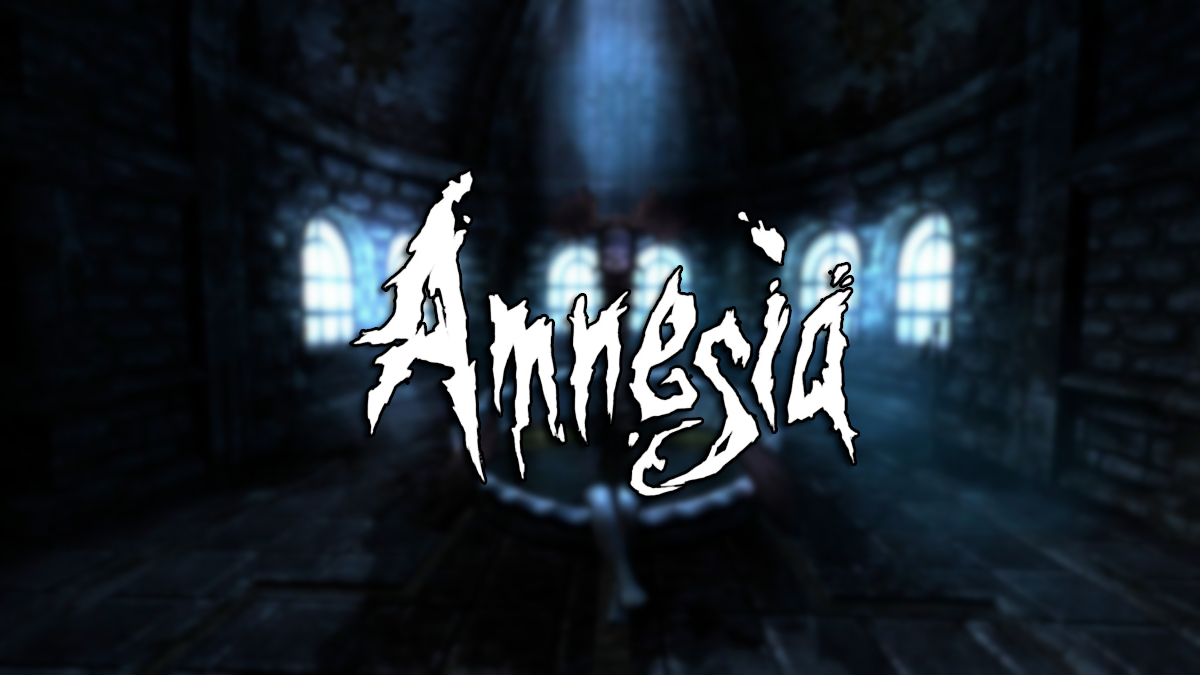For as long as I’ve been able to hold a controller, I’ve had a fascination with horror games. From the giant spider in Uncle Fester’s Quest on the NES to Still Wakes the Deep‘s unsettling body monstrosities inspired by The Thing, there’s something about being scared while gaming that’s been a constant in my life. No more is this true than with Frictional Games’ Amnesia series.
There was a time in the early 2000s when horror seemed to be struggling with its identity. Resident Evil had lost its way with more action-based releases and we hadn’t really had a notable Silent Hill game since the third one. Honestly, until Dead Space arrived in 2008, we pretty much had to turn to less mainstream games like Fatal Frame. Even the phenomenal BioShock felt more like action with a strong narrative than it did pure survival horror.
Then Frictional came along and – at least for me – wrote new rules on how to scare players. As such, I feel it’s my duty to rank all the Amnesia games from worst to best. This list is based on my own opinions rather than Metacritic scores or sales figures. Also, calling any of them the “worst” is a bit of a misnomer. I value all the entries, but I just consider some to be more impactful than others.
Amnesia: Rebirth (2020)
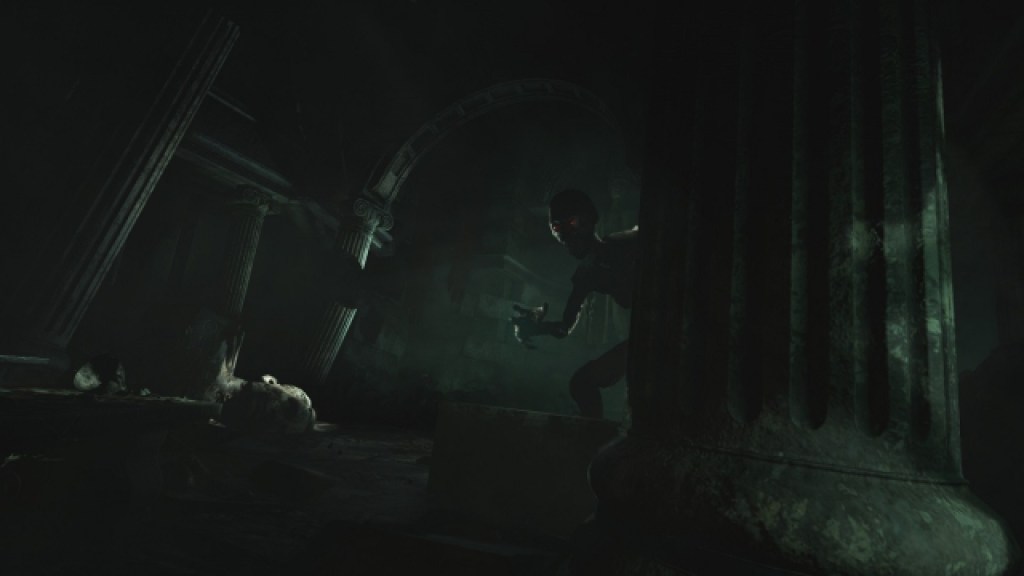
Frictional Games had been away from the Amnesia series for some time, having published, rather than developed, the second game and releasing SOMA in the interim. However, with Rebirth, it felt like the studio wanted to have another crack at the universe that helped put it on the indie horror radar.
Maintaining the formula that initially made the team a success, this third entry unraveled more of the overarching story and history that the first game had set out years beforehand. It was also the first – and only time, as of this article going live – that Frictional had placed a woman as the main protagonist.
Rebirth was a fine game with some good scares, but it didn’t feel like it was doing a lot to really stand out. By this point, the run-and-hide mechanics of the survival horror genre had been improved and – dare I say – perfected by the likes of Outlast and Alien Isolation. Even Resident Evil 7 got in on the act, so it felt like Amnesia wasn’t doing a lot with the blueprint, save for the Traveler’s Amulet that opened up to alien worlds.
To add one more criticism that’s perhaps best saved for another article: Rebirth‘s decision to have Tasi be pregnant throughout felt like low-hanging fruit, so to speak. There’s a whole academic thesis you can realize from male creatives utilizing a “pregnancy=horror” cliché that maybe I’m not qualified to discuss in great detail. I mean, Alien did that one decades ago. Then again, the game is called Rebirth, so maybe I’m reading too much into it.
Amnesia: A Machine for Pigs (2013)
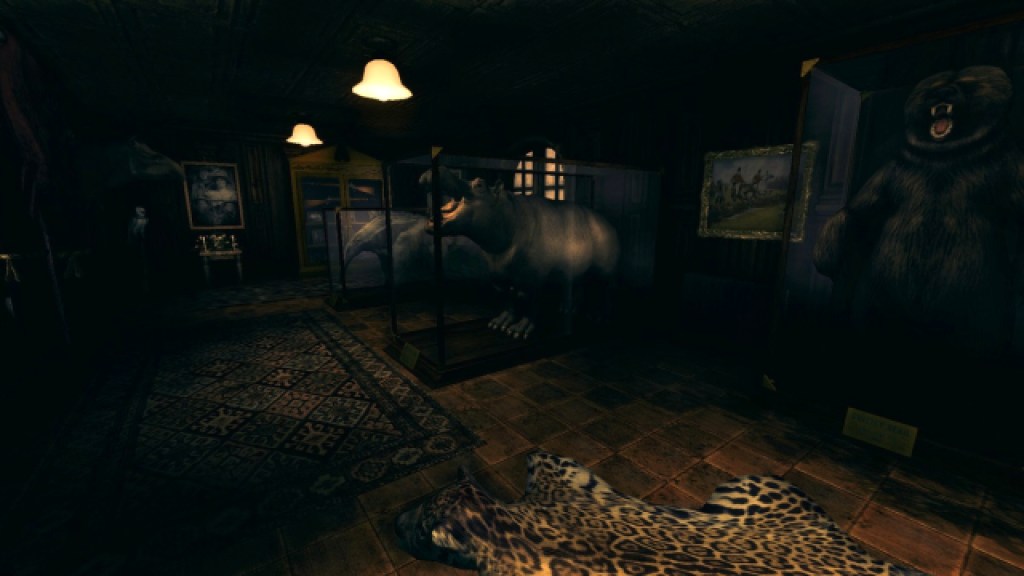
I mentioned Still Wakes the Deep earlier, which was helmed by The Chinese Room. Years before that, however, the studio was part of a debate surrounding the whole “walking simulator” genre, thanks to its beautifully written Dear Esther. I’d played that and enjoyed the story, even if there’s some argument to be had about whether it’s classed as a “game.”
Skip forward a few years and the developer brought us A Machine for Pigs, the second in the Amnesia series. Taking place at the turn of the 19th century, the game is very much about the horrors of industrialization. While it was still able to dole out the scares, there was much more emphasis on the narrative, which, much like Dear Esther, I found to be utterly enthralling.
Many would perhaps not agree with me, and that’s fair. I’ve seen a lot of feedback on the game and fans seem to feel that this is perhaps the weakest Amnesia entry, maybe owing to its more walking simulator philosophy. I can definitely see why some would be more critical about this if they just wanted more of what The Dark Descent gave us.
However, I value A Machine for Pigs for its ability to strip back what made the previous game such a landmark horror release. It removed the sanity meter (which does become a bit tedious in the first game), got rid of the inventory – including the use of tinderboxes and lantern oil – and only tangentially linked it to the previous installment. All this while delivering something that was not only visually dark, but morally as well, while still wrapped up in an Amnesia overcoat.
Amnesia: The Bunker (2023)
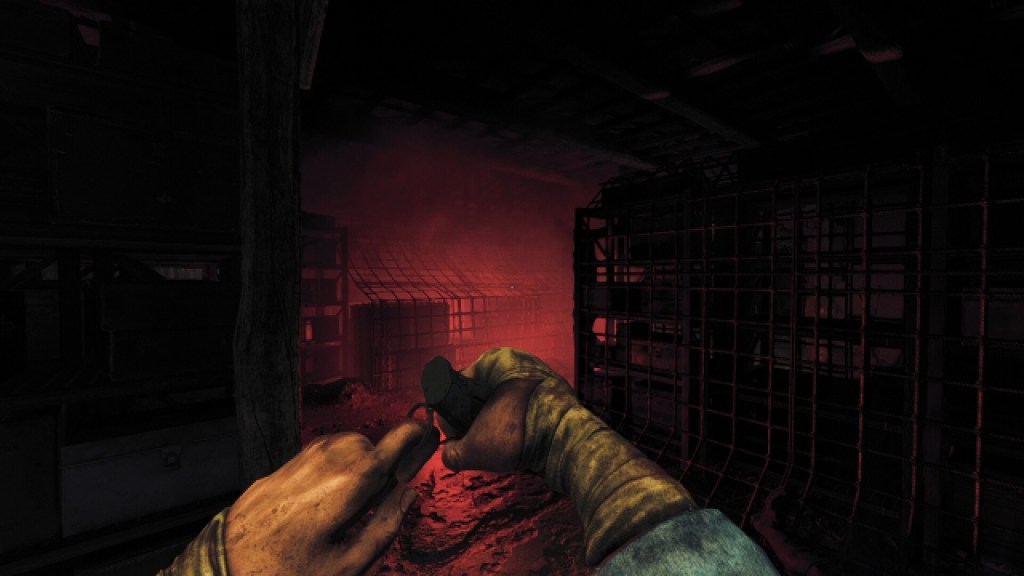
You could say that The Bunker was a return to form, but I would say this represented something different from Frictional. Different in a good way. Again, gone is the sanity meter. In its stead, the random placement of vital equipment and items, as well as the implementation of a single creature that hunts you Xenomorph style. The result: a classic survival horror game that has replay value.
That’s not the only reason why I’ve placed it second. I found it to be almost as unnerving as the other games in the series. It also manages to create tension in a relatively small map that requires a lot of trekking back and forth without it becoming tedious.
I was a little unsure about the decision to add in a gun and explosives, curious as to whether Frictional had a surprise up its sleeve. Maybe the gun would jam or there’s only be, like, three bullets throughout the whole game. Maybe the grenades exploded confetti everywhere rather than shrapnel. That wasn’t the case, but the studio managed to balance scares with some semblance of protection that gave a bit of agency back to the player. And they did it well.
It still very much feels like an Amnesia game, but it’s been modernized to keep the formula fresh. In fact, given how much I really enjoyed The Bunker, I’m actually surprised I didn’t put it at the number one spot, but there is sort of a reason for that. And yes, I guess it does have to do with nostalgia.
Amnesia: The Dark Descent (2010)
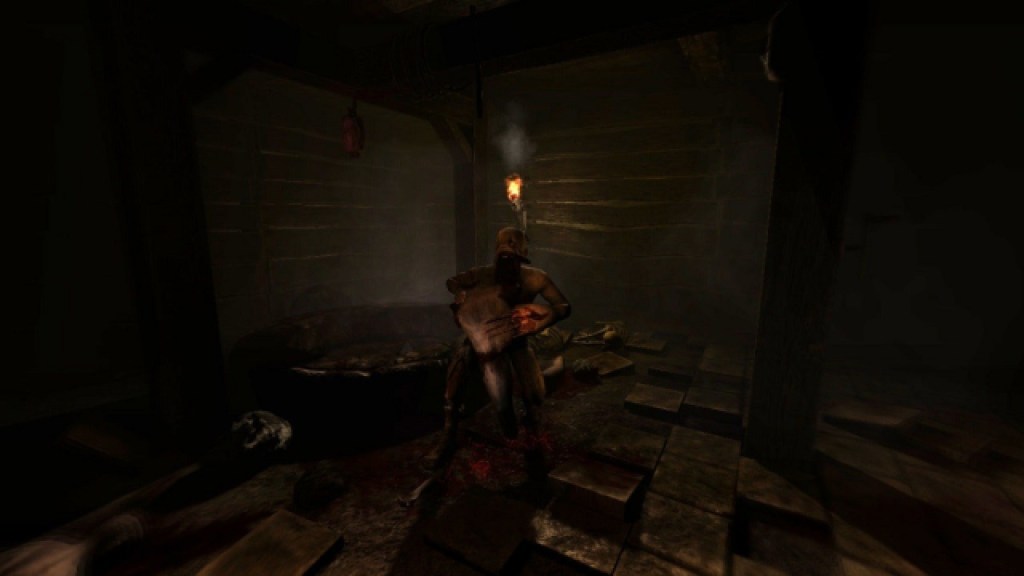
I remember being at uni, and a friend of mine described this new horror game he’d been playing that he was sure I’d be into. I’m paraphrasing here:
Basically, you have no weapons, so you can’t fight the monsters. You have to run and hide from them. Also, if you look at the monsters for too long, your character goes insane. It’s best to hide in the dark…which also makes you go insane.
He was giving me the SparkNotes on Amnesia: The Dark Descent, and it sounded right up my Straße; something different. The idea of playing a game where you weren’t the most powerful being and had to avoid conflict entirely while being scared into a non-Euclidean universe sounded like something I would be on board with. And I was.
The Dark Descent was not only a terrifying horror game, but it was something of a mold-breaker. If you want your horror games to actually be scary (I know, a radical idea), then taking away any power and requiring cowardice in the face of terrifying atrocities is the way to do it. What Amnesia did was rain down a pants-shittingly horrifying experience that not only set new boundaries for the genre but also helped popularize the YouTube “let’s play” phenomenon that’s still going to this day.
True that The Dark Descent has aged over the years, and its horror recipe has been tinkered with and improved, but it deserves its top spot for its influence. Frictional Games likely had no idea of the impact the gothic project they were developing would have on the genre. A lot of titles mentioned already owe a debt of gratitude to the first Amnesia, so for that, it goes down as the best of the series, but only just ahead of The Bunker.
Honorable mentions
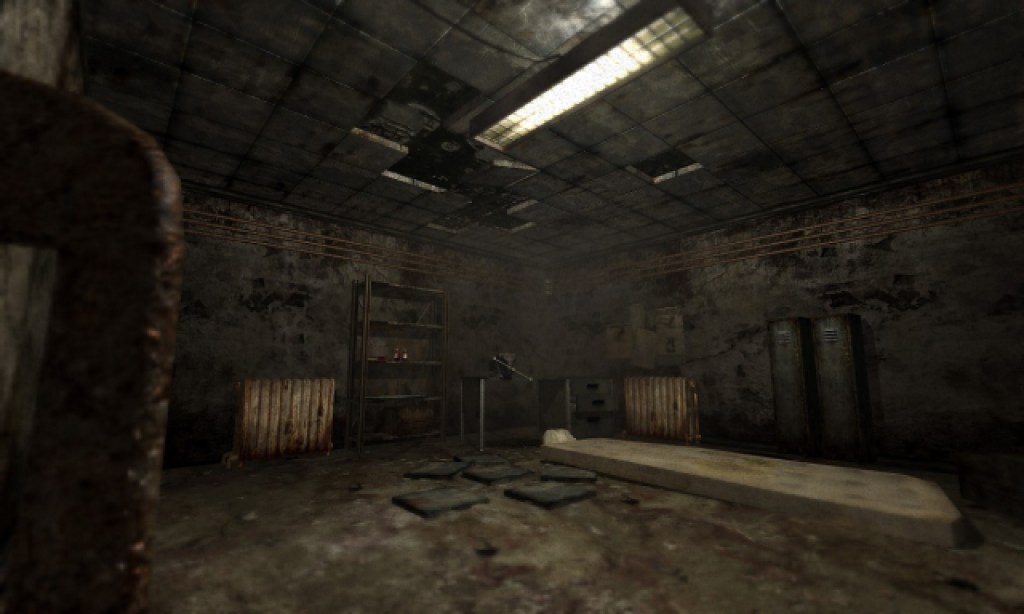
Thinking about it, there isn’t really a Frictional game that I haven’t enjoyed, so it’s worth a quick chat on some of the studio’s other releases. Before Amnesia did its Amnesia thing, there was Penumbra. This was the developer’s first series, initially coming out in 2007. But it was 2008’s Penumbra: Black Plague that would set things in motion for what was to come. Hiding from enemies, no weapons or ways to fight back: these were the hallmarks that would have a huge effect on survival horror when The Dark Descent would eventually release.
On top of that, I have to give a huge shoutout to SOMA. Back when I was still trying to make a living as a freelance games journalist (I use that term very loosely), I was lucky enough to be given a review copy of the game before it launched. Let me tell you, it immediately became one of my favorite horror games of all time. It still retains its high position in my brain.
It wasn’t so much the scares, though there were more than enough. It was fear as imagined in the most existential way possible. It was Frictional at its writing best, mixing deep sci-fi with the deep ocean, creating dread enough to shake the idea of what it means to be human to its core. It was Amnesia meets René Descartes, and I’m still here for it.
You know what, maybe this should have just been a list of all my favorite Frictional games, not just Amnesia. Oh well.
